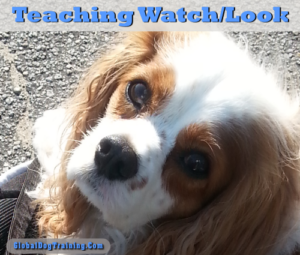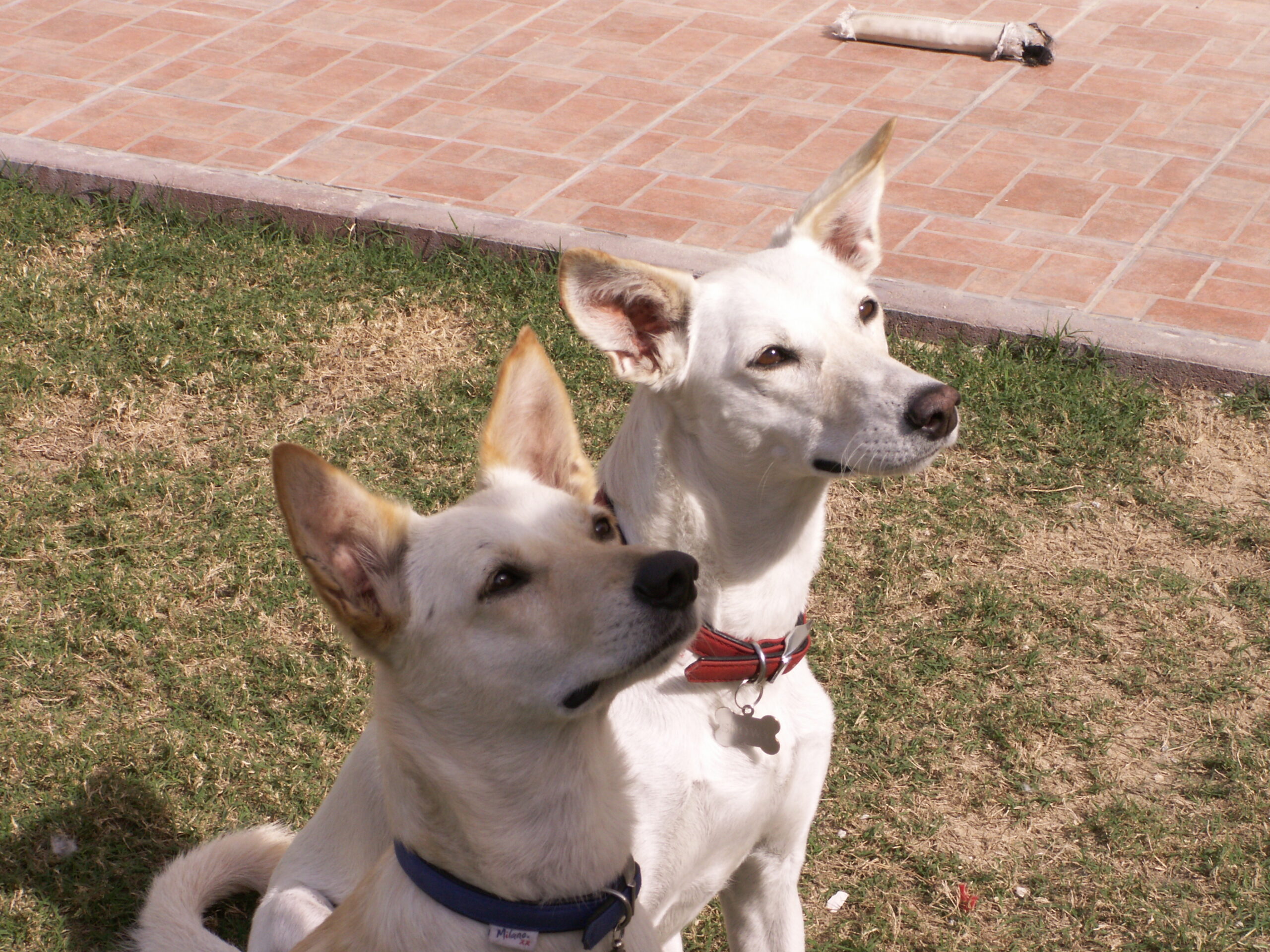Barks Blog
Teaching Your Dog Eye Contact

How many times have you thought to yourself, “I sure wish my dog would focus on me and not x.” Well, this is something you can certainly start to tackle by teaching your dog a reliable “Watch” behavior. Imagine, how nice it would be if a squirrel ran down the tree and you said, “watch” and your dog happily gazed into your eyes instead of barking or chasing the squirrel. It can be done, and I’m going to teach you the foundation skills on how to do it. But, first, let’s talk about dogs and eye contact.
When you set out to teach your dog a new behavior, it’s important to think about that behavior means in canine language. Take looking, or staring for example, or cue of choice. For a dog, a direct stare can be a challenge or threat. When two dogs are interacting with each other, it is common courtesy for them to have light eyes, blink, look away and off to the side. Interesting, how for us humans, it is the opposite, make eye contact and don’t look away.

When teaching your dog to look at you, it is extra important to keep your eyes light, relaxed, casually blink and smile at your dog, so that you minimize the chance of making him feel uncomfortable. You do not want your dog to think you are reprimanding him, or he will look away, not at you.
- Put a yummy treat to your dog’s nose, and slowly move the treat to between your eyes. As soon as your dog looks at it/you say “YES!” followed by the treat. The YES is telling your dog that the eye contact is what he is being rewarded for.
- Repeat this session five times. If your dog is successful (doesn’t look away), increase the time by one second. It would look something like this. Place a treat to your dog’s nose, slowly move the treat from his nose to your nose, count to two, YES and treat. Now you are rewarding your dog for looking at you for two seconds. Repeat this two-second process for five more sets. If he’s successful (doesn’t look away), increase by one second again. Work towards a five-second watch before moving to the next criteria.
Once your dog can follow the treat lure from his nose to your nose and watch for five seconds, it’s time to name the behavior. Say your cue (watch, look, attention) first, then proceed with the luring process as before. You are now attaching the cue to the behavior, so you can eventually fade your gesture (hand lure) and just say his word to get the behavior. Over time and sessions, you will continue to build on the length of his watch, add distractions, and fade your hand cue.
If your dog is uncomfortable making eye contact, adjust your lure to your cheek, not your eyes. This will encourage your dog to look up and get rewarded. This will build his confidence, and after a few sessions, you will be able to lure to your eyes. Pretty soon those pesky squirrels won’t have anything over on your solid eye contact!
For more articles by Tonya Wilhelm visit: https://www.raisingyourpetsnaturally.com
